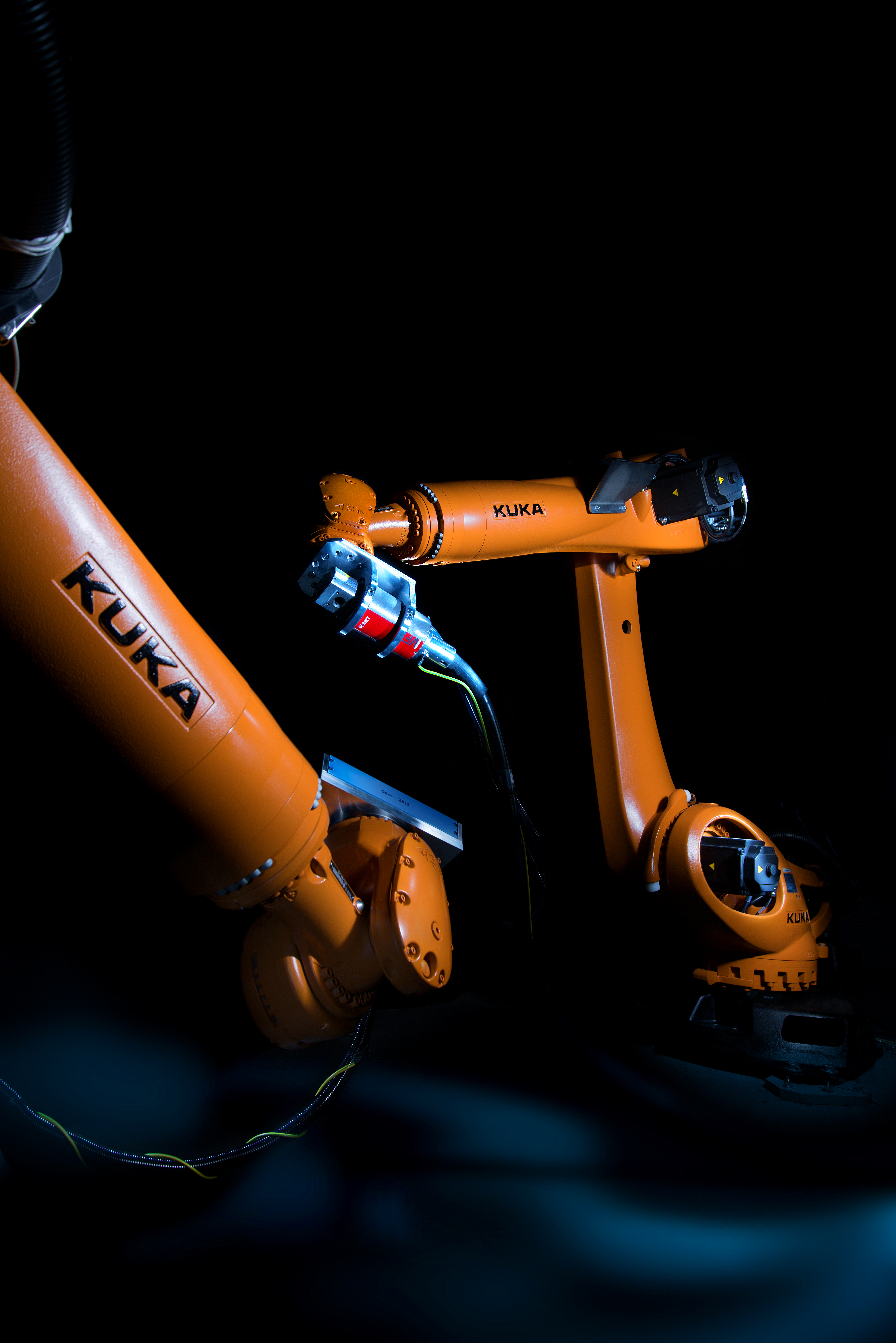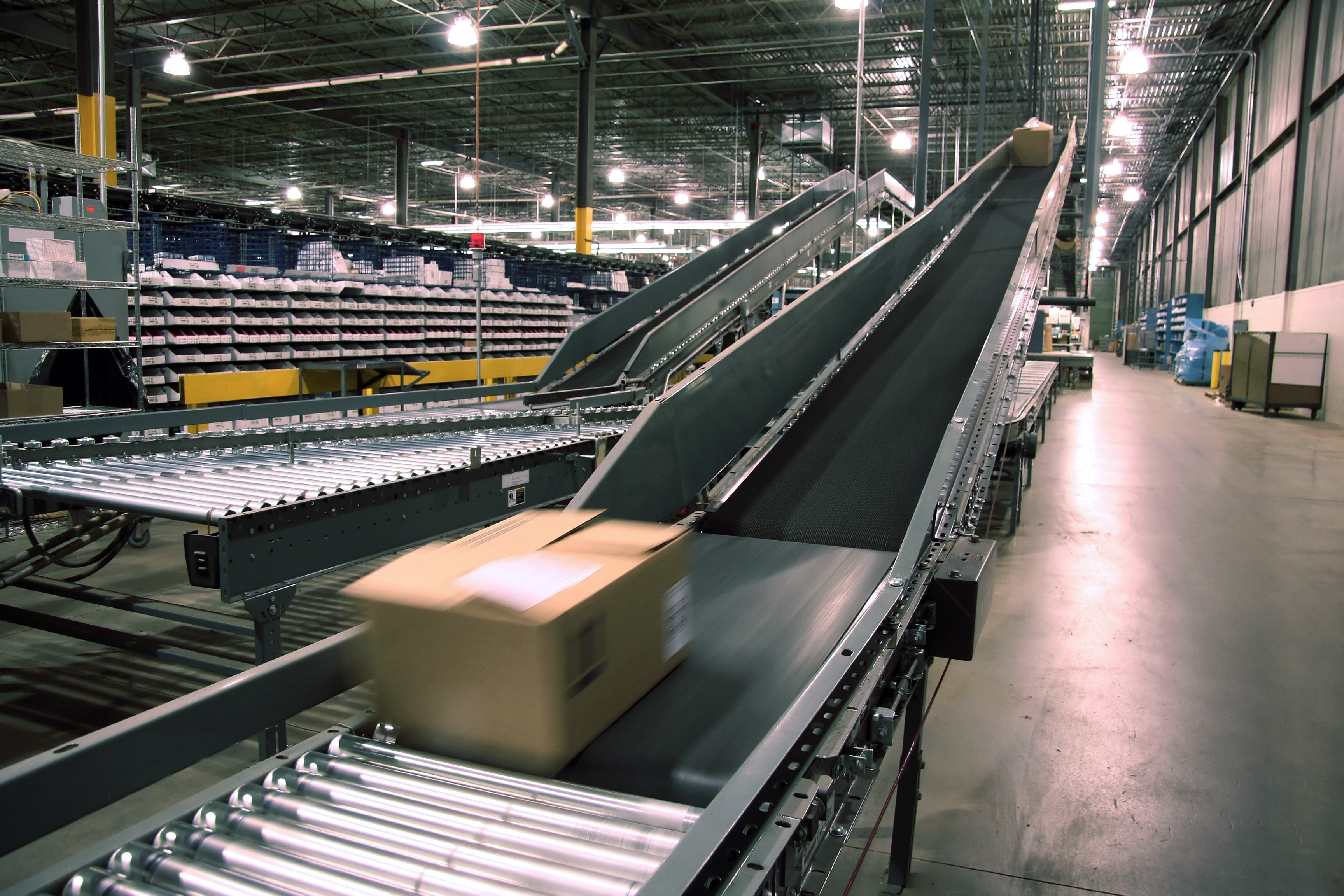Of the systems capable of monitoring large components such as whole car bodies, none have so far been suitable for an application for series production. Now, with RoboCT, we can inspect these components quickly and accurately. At the same time, this robot-based computed tomography (CT) system also represents the first step towards cognitive sensor systems in this field. In addition to applications in the automotive and aerospace industries, the system is to be used, for example, to inspect the condition and completeness of returned goods ordered online – without having to open them.
The door to the X-ray cabinet closes slowly, a quiet click signaling that the cabinet is securely locked. Wolfgang Holub, an engineer and scientist at our Development Center for X-ray Technology EZRT takes his place at the computer connected to the system and starts an X-ray measurement process with a few clicks of the mouse. As the X-ray cabinet has no windows, he keeps a watchful eye on a monitor showing a live image from inside the locked cabinet. The sizable component we see on the screen – a section of vehicle bodywork – measures around two meters wide and one and a half meters tall and deep and is securely tied to a pallet using ratchet straps. Two robotic arms, equipped with an X-ray source and detector, carefully approach the large component, one from the left and one from the right of the bodywork. After a second’s pause, the robotic arms move further around the part in total synchrony and with the utmost precision. »Right now, the robots are taking 2D X-ray images,« says Holub. »This already gives us a clear picture of whether there are any irregularities in the structure of the bodywork. If part of the component shows any such irregularities, the system can automatically perform a highly specific CT scan in 3D.« Holub stops the measurement process and makes a few manual adjustments in order to demonstrate the process involved in 3D CT. Shortly afterwards, the monitor shows the robotic arms adopting a new position altogether. The robots are now revolving around the point where we suspect there to be an irregularity. During their 180° rotation, the arms pause about once a second to capture an image. »This approach allows us to create 3D CT scans that give us far more information than two-dimensional X-ray images,« Wolfgang Holub explains.



